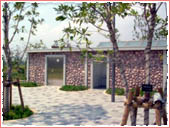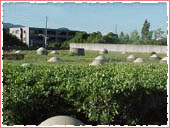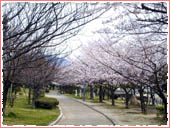![]()
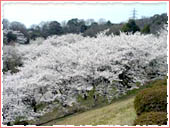
A visit to Kitayama Dam is well worth the trip. It is a large reservoir located west of Mt. Kabuto (Kabutoyama) in a less than 20-minute drive through Nishinomiya-kita Tunnel (250 yen). From the dam site you can enjoy a panoramic view of the entire Osaka Bay including Kansai Airport. This area is famous for about 1,000 beautiful cherry trees surrounding the dam. Also, at the water's edge, various kinds of wild birds can be observed through the four seasons. On the dam side there is the Kitayama Botanical Garden with various types of cherry trees to appreciate.
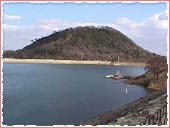
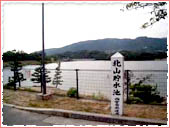
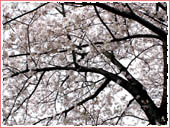
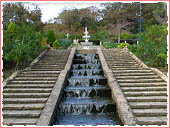
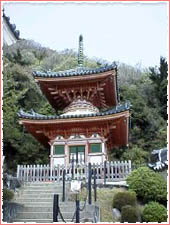
Built in 831, Kannoji Temple is associated with Kobo Daishi (Kukai), the founder of Shingon Buddhism, and is located to the east of Kitayama Dam on the foot of Mt. Kabuto (Kabutoyama). Visitors will be moved by the breath-taking scenery of seeing the scores of cherry blossom trees in the compound alongside the steep steps with 99 steps from the main gate to the temple. About 10,000 wild cherry trees stand beautifully on the hillside alongside the temple and 'Kabutoyama Forest Park'.
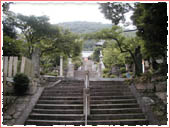

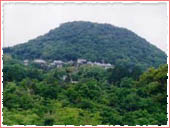
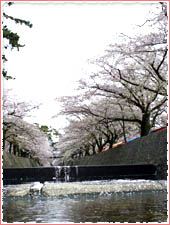
Located both side of the Shukugawa River in the west of Nishinomiya City, the Park stretches from Hankyu Kurakuen-guchi Station in the north to Koroen-hama Beach in the south, a distance of 4.4 kilometers. The Park is filled with various flowers in four seasons and is especially known for about 2,300 cherry trees.
When you go down the inclined road from Mt. Kabuto, after a few minutes,
you will come across the Shukugawa River flowing along side Hankyu Koyoen
line. The levies of the river serve as a public park and nearly 2300 cherry
trees can be seen lined in an arch on both sides of the river extending
2.7 km from Hankyu Kurakuen-guchi station to the Hanshin Koroen station.
The park became a famous cherry blossom viewing spot after its selection
in the top 100 cherry viewing places of Japan in 1990. All throughout major
cities in Japan you can often see Somei-yoshino however, along the Shukugawa
River you can enjoy viewing a variety of cherry trees ranging from mountain
cherry trees, Kanzan cherry trees and Ukon cherry trees to mention a few.

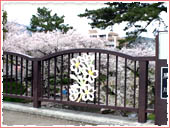
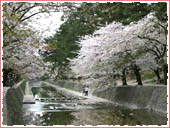
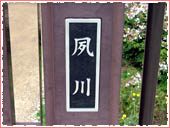
When you walk east from the Kurakuen-guchi station for ten minutes, you will arrive at Manchidani Park. Within the park, there is the Niteko Pond, used for irrigation, and famous for its depiction in the Hayao Miyazaki's animation "Hotaru no Haka (Grave of the Fireflies)" for its white water tower next to the pond. Around this area, you can see Somei-yoshino, hanging cherry blossoms, and 20 kinds in about 600 cherry trees. The Koshimizu Water Purification Plant is only open to public during the cherry blossom season. The cherry blossoms can be enjoyed as a Nishinomiya bypass to the arch.
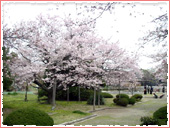
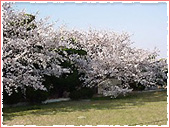
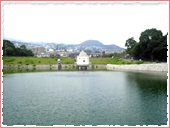

![]()
When you travel west on Route No.2 by car from Shukugawa, you will soon enter the hilly area of Ashiya. Since more than 100 years ago, the area has developed as a tranquil, high-class area for the private residences and villas for men of letters and finance. . Here running north-south along the Ashiyagawa River, there is a continuous line of 200 cherry trees. Looking toward the mountains from the Narihira-bashi Bridge on Route No.2, there is a particularly picturesque view highlighted by the contrast of a line of cherry trees against the backdrop of Ashiyagawa River flowing quietly beneath the mountain range of Mt. Rokko starting from Mt. Kabuto. When the cherry blossoms are lit up at night, there is a fine view for an enchanting nighttime stroll.
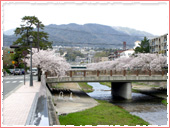
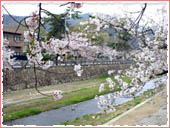

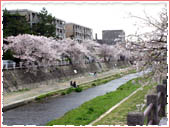
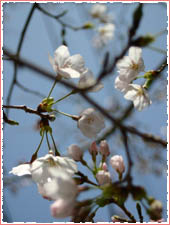
Iwagahira Park located on the mountain side of Ashiya is a four-minute walk from the Iwazono-cho Hankyu bus stop. Within the park there is the Montebello Rose Garden, a rose garden commemorative of the establishment of a sister city relationship with the city of Montebello, California, in the USA. Beginning with the roses, you can see beautiful flowers blooming through the four seasons. It is especially beautiful in April when the cherry blossoms look like a carpet of flowers.

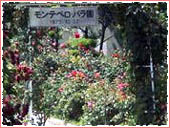
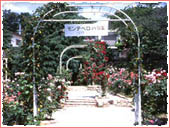
Plum trees start blooming in this park in the Ashiya-hama Beach from the beginning of March. Cherry blossoms lining the banks of the Miyagawa River on the east side of the park first start blooming from the end of March to the beginning of April. When that happens, the people of the city come to the park to enjoy viewing the cherry blossoms of the Yaezakura cherry trees found in the park. Since there are facilities to enjoy baseball games at night and a large grass field, they can enjoy various sports.
